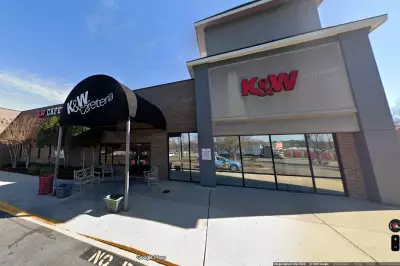
Britain's railway system is undergoing its most significant transformation in decades, with the majority of major rail operators now back under public control. This dramatic shift away from the franchise model that dominated for nearly thirty years represents what many are calling a 'quiet revolution' in how we travel.
The New Landscape of Britain's Railways
Since 2020, a steady stream of train operators have transitioned to government-operated services under the Department for Transport's 'Operator of Last Resort' system. What began as an emergency response to failing franchises has evolved into the predominant model for rail operation across England, Scotland, and Wales.
The change means that decisions about services, fares, and investments are now made within Whitehall rather than corporate boardrooms. Proponents argue this creates better alignment between public need and operational delivery.
What Passengers Are Actually Experiencing
Early evidence suggests a mixed picture. While some routes have seen service improvements and strategic investments, many passengers report that the fundamental challenges of British rail travel persist.
- Punctuality and reliability show modest improvements on some lines but remain below pre-pandemic levels overall
- Fare structures continue to baffle passengers, despite promises of simplification
- Industrial relations remain challenging, with ongoing disputes affecting service consistency
- Infrastructure issues inherited from Network Rail continue to cause disruptions
The Financial Reality Behind the Headlines
One of the most compelling arguments for public ownership was financial efficiency. The elimination of shareholder dividends and franchise bidding costs was expected to release significant funds for service improvements.
However, the transition has occurred against a backdrop of reduced passenger numbers and increased taxpayer support. The railway's fundamental economics have shifted, raising questions about long-term sustainability regardless of ownership structure.
Regional Variations in Success
The experience varies considerably across different parts of Britain:
- Scotland has pursued a distinctly different approach with ScotRail, focusing on integration with other public services
- Wales has embraced the devolution opportunity with Transport for Wales taking a holistic view of connectivity
- England shows the most varied picture, with some operators demonstrating clear improvements while others struggle with legacy issues
Looking Down the Track: What's Next for Britain's Railways?
As the new system beds in, several critical questions remain unanswered. Can public ownership deliver the innovation and customer focus that franchises promised but often failed to provide? Will political cycles allow for the long-term planning essential for railway development?
Most importantly, will passengers feel the difference where it matters most – in more reliable, affordable, and pleasant journeys?
The coming years will determine whether this great experiment in public rail operation becomes the permanent future of British transport or merely another chapter in the industry's turbulent history.




